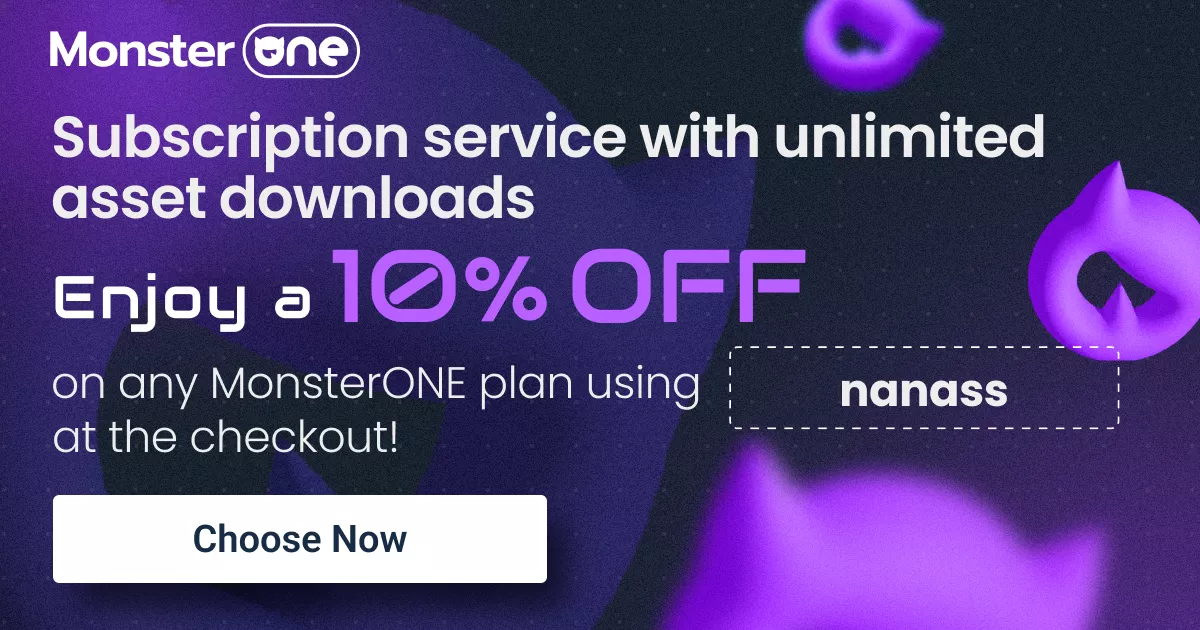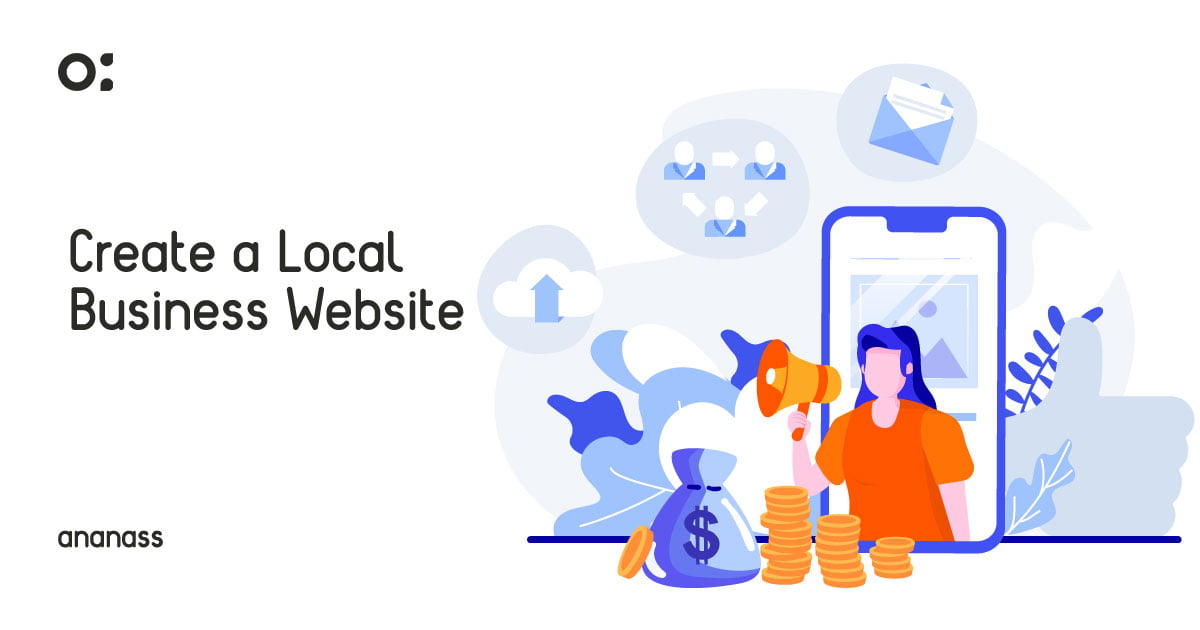
Experience efficiency and creativity with MonsterONE’s Web Development Service. Streamline
If you own a local business and want to establish an online presence, creating a website is a must. And one of the easiest ways to create a professional-looking website is by using a drag-and-drop page builder like Elementor. In this article, we’ll show you how to use Elementor to create a website for your local business in just a few simple steps.

Before you can start building your website, you’ll need to choose a domain name and hosting provider. Your domain name is the web address that people will use to access your site (e.g. www.yourbusiness.com). It’s important to choose a domain name that is easy to remember and represents your business.
As for hosting, this is the service that stores your website’s files and makes them available to visitors. There are many hosting providers to choose from, but it’s important to find one that offers fast loading times and good uptime (the percentage of time that your website is available to visitors).
Once you have your domain name and hosting set up, the next step is to install WordPress. WordPress is a content management system (CMS) that makes it easy to create and manage a website. It’s free to use and comes with a wide range of features and plugins that you can use to customize your site.
To install WordPress, you’ll need to log in to your hosting control panel and follow the instructions provided by your hosting provider. Once WordPress is installed, you’ll need to install the Elementor plugin. This is a drag-and-drop page builder that makes it easy to create professional-looking pages without any coding knowledge.
Next, you’ll need to choose a theme for your website. A theme is a pre-designed template that controls the overall look and feel of your site. There are thousands of free and premium WordPress themes to choose from, so you’ll be sure to find one that fits your business.
With the template imported, you’re now ready to start customizing your website. Elementor makes it easy to customize every aspect of your site, from the layout and design to the content and images. Simply click on any element you want to change and make your edits using the drag-and-drop interface.
To ensure that your website is easily discoverable by local customers, it’s important to optimize it for local SEO. This includes including your location and contact information on every page, as well as using local keywords in your content and metadata.
Visual elements can be a powerful way to showcase your business and engage potential customers. Consider including high-quality photos and videos of your products or services, as well as your team and location.
Including clear and prominent contact information on your website is crucial for local businesses. Make sure to include your phone number, email, and physical address on every page, and consider adding a contact form or live chat feature to make it even easier for customers to get in touch.
When creating a website for a local business, it’s important to keep the design professional and consistent. Use a cohesive color scheme and font choices, and make sure that the overall look and feel of the website reflects the branding of your business.
Including customer reviews and testimonials on your website can be a powerful way to build trust and credibility with potential customers. Consider adding a section on your website where customers can leave reviews, and be sure to showcase any particularly positive feedback you’ve received.
With the increasing prevalence of mobile devices, it’s more important than ever to make sure that your website is mobile-friendly. Use a responsive design to ensure that your website looks great and is easy to navigate on all devices.

Author

Experience efficiency and creativity with MonsterONE’s Web Development Service. Streamline

Black friday Sale 2023 Black Friday Sale – Buy Newest